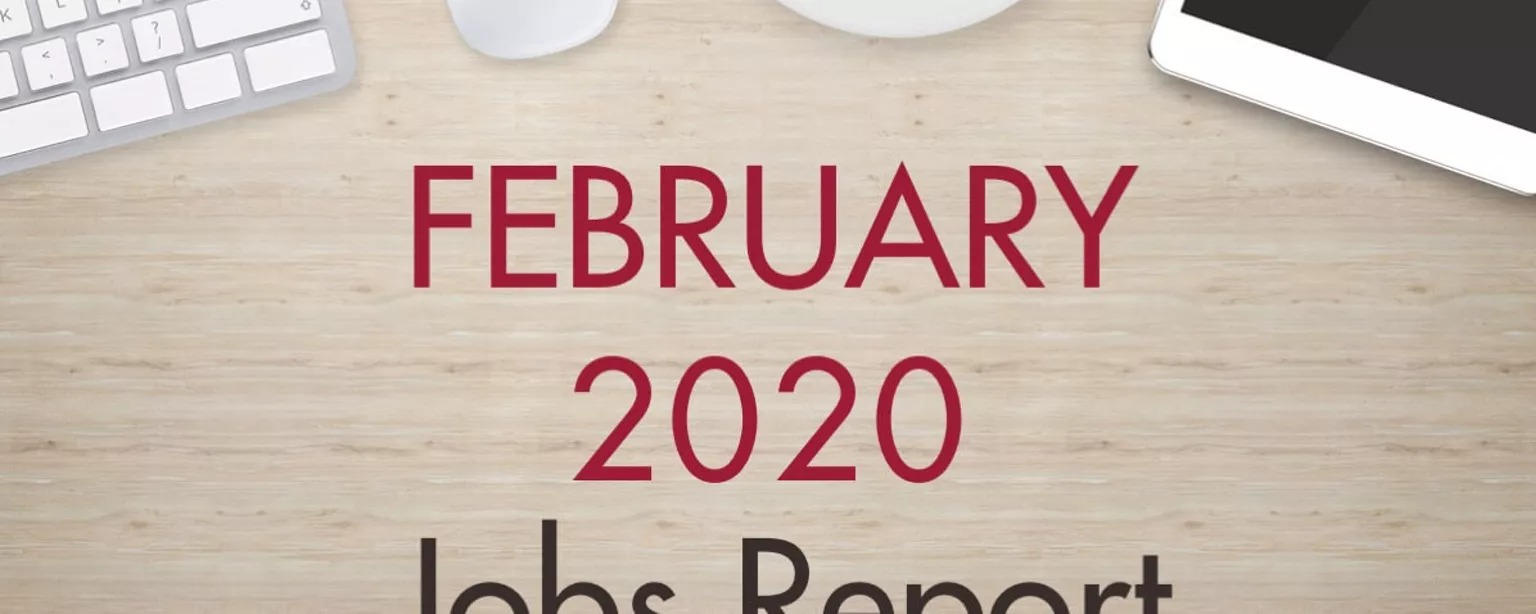Employers added 273,000 jobs in February, according to the latest jobs report from the Bureau of Labor Statistics (BLS).
New job creation in both December 2019 and January 2020 was also higher than previously reported. With revisions, these months, combined, saw 85,000 more jobs added than BLS data initially showed. Given these adjustments, job gains have averaged 243,000 per month over the last three months.
The following sectors saw the most growth in employment last month, according to the BLS:
- Education and health services: 54,000 jobs added
- Leisure and hospitality: 51,000 jobs added
- Government: 45,000 jobs added
- Construction: 42,000 jobs added
- Professional and business services: 41,000 jobs added
Unemployment rate inches down to 3.5%
In February, the unemployment rate declined slightly to 3.5%. The unemployment rate for college-degreed workers who are 25 or older also edged down last month to 1.9%, from 2.0% in January. These professionals are the most highly sought-after job candidates.
What employers need to know
When you’re moving fast to staff open roles, it’s easy to not give a promising candidate’s resume the attention it deserves. After quickly reading the document and confirming it lists most of the basic requirements, you may be tempted to set up an interview ASAP.
However, a hasty review process could lead to wasted time — or a bad hire. So be sure to pause long enough to take a full look at the job seeker’s resume. As part of that process, you’ll want to:
- Identify any unexplained employment gaps. Does the candidate have long breaks between jobs? If so, you’ll want to find out why.
- Take note of excessive job hopping. This could be a sign of a professional’s ambition or, perhaps, a lack of commitment.
- Check for careless mistakes, like typos. A messy resume could signal weak communication skills, poor attention to detail or disinterest.
- Look out for fluff. Too much emphasis on hobbies or interests suggests the candidate is trying to fill space.
Get more insight on how to review resumes and select the most promising candidates to interview.
If you have questions about key details, consider setting up a phone interview to address your concerns head-on. After that, if you still feel confident about the candidate’s potential, move swiftly to set up an in-person interview.







